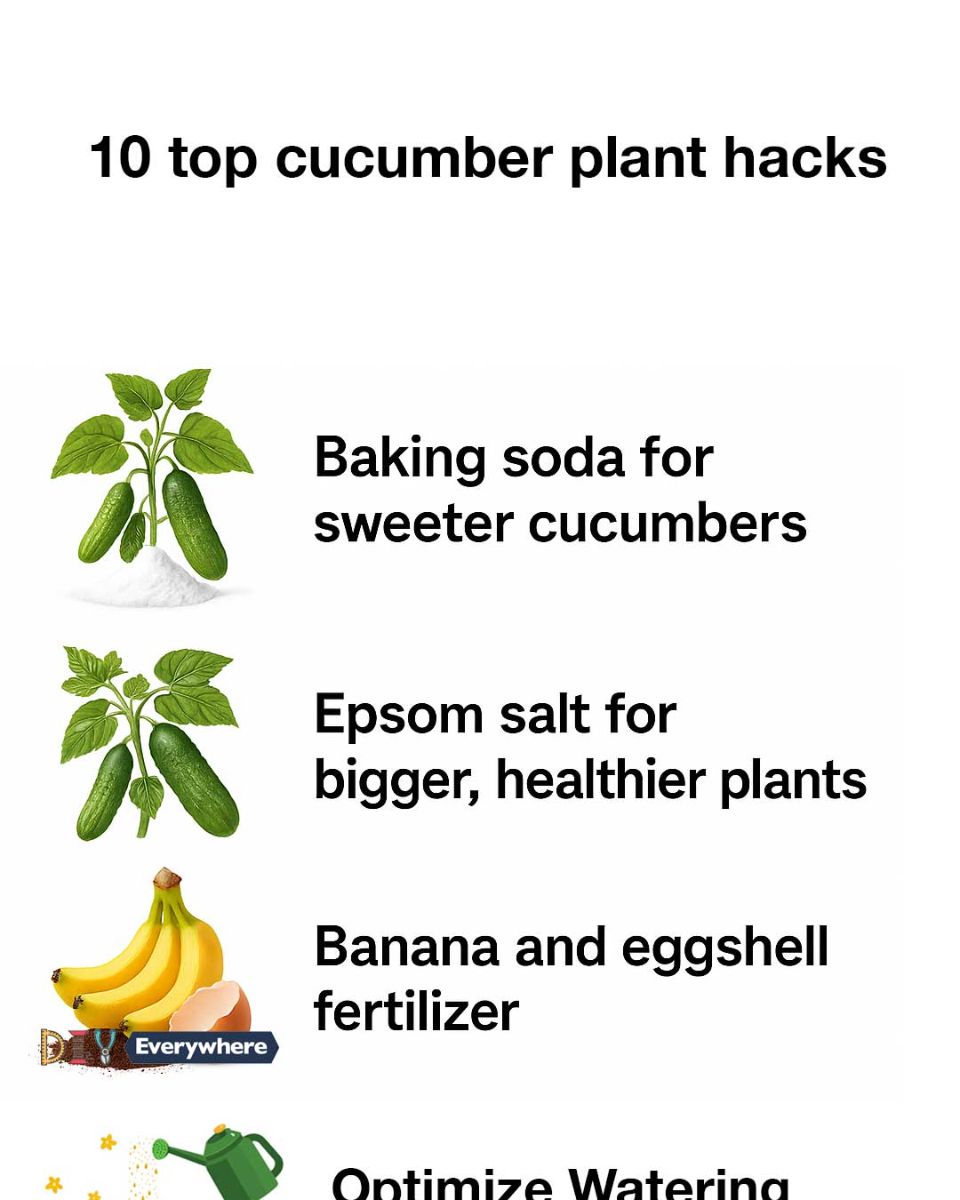6. Mulch to Retain Moisture and Suppress Weeds
Mulching is an effective way to retain soil moisture and suppress weed growth, both of which are beneficial for cucumber plants. Organic mulches like straw, grass clippings, or shredded leaves are ideal, as they decompose over time and enrich the soil.
Apply a 2-3 inch layer of mulch around the base of your cucumber plants, being careful not to cover the stems. This will help maintain consistent soil moisture and temperature, reducing stress on the plants and promoting healthy growth.
7. Companion Planting for Natural Pest Control
Companion planting involves growing certain plants together to enhance growth and deter pests. For cucumbers, planting marigolds, nasturtiums, or radishes nearby can help repel common pests like aphids and cucumber beetles.
Additionally, herbs like dill and basil can attract beneficial insects that prey on pests. By incorporating companion plants into your garden, you can reduce the need for chemical pesticides and create a more balanced ecosystem.
8. Prune Regularly for Healthier Plants
Regular pruning helps cucumber plants focus their energy on producing fruit rather than excessive foliage. Remove any yellowing or diseased leaves, as well as any lateral shoots that appear below the first set of true leaves.
Pruning also improves air circulation, reducing the risk of fungal diseases. Use clean, sharp scissors or pruning shears to make clean cuts, and avoid removing more than one-third of the plant at a time to prevent stress.
9. Use Coffee Grounds to Enrich Soil
Coffee grounds are a great source of nitrogen, which is essential for healthy cucumber growth. They also improve soil structure and attract beneficial microorganisms. To use coffee grounds, sprinkle a thin layer around the base of your cucumber plants and gently work them into the soil.
Alternatively, you can add coffee grounds to your compost pile and use the compost to enrich your garden soil. Be sure not to overapply, as too much nitrogen can lead to excessive foliage growth at the expense of fruit production.
10. Protect Plants with DIY Cucumber Tents
Cucumber plants are susceptible to temperature fluctuations and harsh weather conditions. Creating a simple tent using clear plastic sheeting can protect your plants from cold nights and heavy rain.
To make a cucumber tent, drape the plastic over a frame made of stakes or hoops, ensuring there is enough ventilation to prevent overheating. Secure the edges with soil or rocks to keep the tent in place. This method is especially useful in the early growing season when plants are most vulnerable.
11. Harvest at the Right Time for Best Flavor
Harvesting cucumbers at the right time ensures the best flavor and texture. Cucumbers should be picked when they are firm, evenly green, and about 6-8 inches long, depending on the variety.
Check your plants daily, as cucumbers can grow quickly and become overripe. Use a sharp knife or scissors to cut the cucumbers from the vine, leaving a small stem attached. Regular harvesting encourages the plant to produce more fruit, leading to a more bountiful yield.

